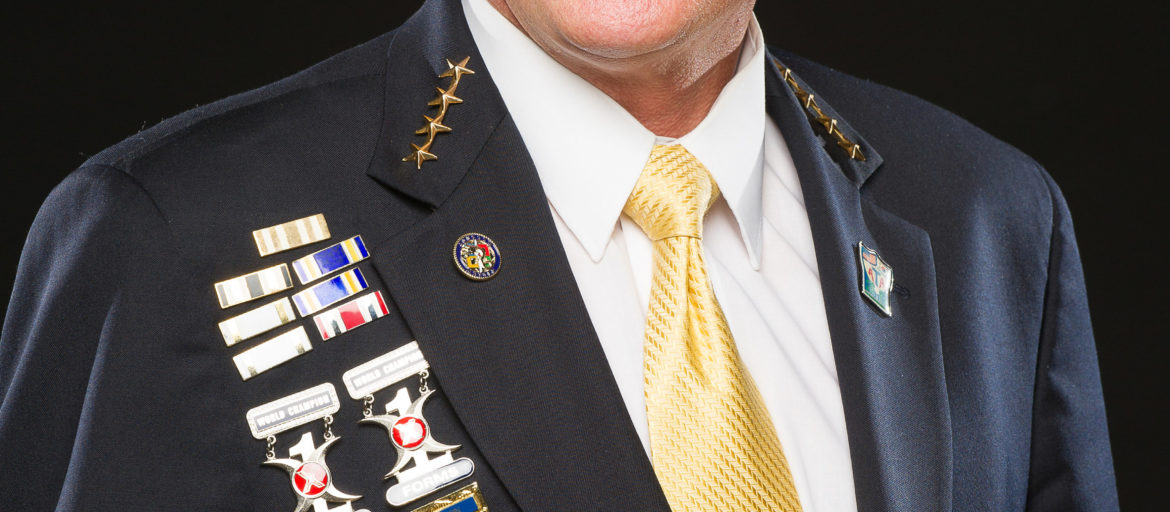Many years ago, a troubled young man stood at the crossroads of his life. He fought with his parents, performed poorly in school and had trouble making friends. Like many his age, he also struggled with issues of identity: He often thought to himself: “Who am I?” and “Where do I belong?”
In a desperate bid to fit in with peers, he joined a street gang and began the life of a street thug. One day, he was introduced to a local (and influential) martial arts instructor. He was excited to start training. But other students wouldn’t accept him in class because he was of “mixed ancestry”. That didn’t stop him: he arranged private classes with his instructor, eagerly learned the techniques and immersed himself in martial arts. Then, after a violent street fight and encounter with the police, he realized his life wasn’t on the right track. It was time for a change.
The boy trained for five years, then moved to the United States where he made a name for himself. He started teaching martial arts, developed his own techniques and even went on to create his own art! Yes, martial arts turned this troubled young man’s life around and made this boy a household name. Who was he? The legendary Bruce Lee.
There Are Always
“Second Chances”
Bruce Lee isn’t the only one whose life was in a downward spiral until he found martial arts. Success stories like this abound – lots of troubled teens have turned around their lives and forged a new path using the vehicle of martial arts. As pop star Madonna said, “That’s the nice thing about life – there are always second chances”. Karate for Kids can be an excellent second chance for just about anybody. Let’s take a closer look at how martial arts helps at-risk kids improve their lives.
Risk vs. Protective Factors
As kids grow up, they are exposed to a number of things which can increase the chances they abuse drugs and engage in other risky behavior. These are called “risk factors”. Some of these things include:
- Victimization and exposure to violence
- Life stressors
- Intellectual and/or development disabilities
- Antisocial behavior and alienation
- Favorable attitudes toward drug use
- Poor refusal skills
- Early onset of aggression/violence
- Family violence
- Low academic achievement
- Negative attitude toward school
- Gang involvement/gang membership
- Peer rejection
- Association with delinquent peers
- Feeling unsafe in the neighborhood
- Dropping out of school
On the other hand, there are circumstances which promote healthy behavior and decrease the chances engaging in risky behavior. These are called “protective factors”. Some of these include:
- Presence and involvement of caring, supportive adults
- Having a stable family
- Social competencies and problem-solving skills
- Involvement in organized religious activities
- Positive/resilient temperament
- Perception of social support from adults and peers
- Healthy sense of self
- Positive expectations / optimism for the future
- High expectations of the child
- Good relationships with parents or attachment to family
- Opportunities and reward for family involvement
- High family expectations
- Involvement with positive peer group activities and norms
- Good relationship with peers
- Parental approval of friends
- High-quality schools/clear standards and rules
- High community expectations
Do any of these things ring a bell? Do you see anything on that protective list that Karate for Kids Mesa provides? I’m sure you do. Our program possesses many protective benefits. That’s one of the reasons it’s so effective at helping at-risk kids. Let’s focus on just a few of these.
Karate for Kids Reduces Aggressive Behavior
Here’s a paradox that most martial arts instructors know first-hand:
The longer a student trains in traditional martial arts, the less aggressive he or she becomes.
Don’t believe it? Well, don’t take my word for it. This was the conclusion of a landmark study from Canada in the early 1980’s (Nosanchuk, 1981). I believe martial arts decreases aggressive behavior because it builds a student’s self-control, self-assertiveness, self-esteem and self-confidence. These positive traits reduce violence and aggression. That’s one way Karate for Kids helps. Second, in our academy we specifically teach kids how to avoid physical confrontation and teach anti-bully techniques. We also give kids a healthy place to “decompress” and let off steam – we teach them a healthy way of coping with daily stresses.
Positive Peers
All kids want to belong to something bigger than themselves. Problem is, some kids choose the wrong people to hang around with. It’s a reason some kids fall prey to negative influences. Karate for Kids provides an answer here, too. How? We offer children a healthy, positive group of peers. It’s what I call a “good gang”. It channels a teen’s natural need to belong into something productive and constructive – a group of committed people all working together in unison to reach goals and improve themselves.
High Expectations
When people have high expectations of a child, that child performs better in life and avoids risky behavior. Does this tie into our ATA philosophy? You bet it does! Have you ever noticed how much we talk about goals here? Karate for Kids training provides positive goals and a series of escalating challenges. This keeps students focused on the future and says to them, “You can do it!” and more importantly, “We’re watching you!”
We also hold our students to a very high standard of conduct. For an example, take a look at some of our higher-ranked students. Our insistence on high standards also creates an atmosphere of high expectations for all our students. This is another way Karate for Kids training becomes a protective factor for at-risk kids. We discourage risky behavior and expect students to excel in all areas of their lives!
Provides Mentors and Role Models
One of the secrets of success in life is having a mentor or positive role model to follow. This is another “protective factor” Karate for Kids provides: the presence of caring, supportive adults. Not only is the chief instructor a good role model, but our senior students are, too! They’re people who have been down the path and can help push a lower-ranked child to success. Listen – I like to think of our academy as an “extended family”, all supporting each other on each individual’s journey to self-improvement.
Enhances Self-Esteem
Self-esteem is a “person’s opinion of him or herself”. This could be the most important protective factor of all. You see, when you feel comfortable in your own skin, you’re more apt to say “no” to bad influences. You’re able to stand up for yourself and resist negative temptations. You have good “refusal skills”. You value yourself and look forward to reaching your goals. Good self-esteem is one of the biggest benefits of training here at our academy!
When you look at all these protective factors that Karate for Kids offers (and there are many, many more), it’s no wonder martial arts does a remarkable job of turning troubled lives around. And this holds true for both teens as well as adults.
You, too, might be standing at a crossroads, looking for a new path or eager for a fresh start. Or you might know somebody who is struggling with violence, drug abuse or simply needs a leg up. Please refer them to our academy. While Karate for Kids can’t solve every problem and is not a substitute for therapy, it can spark many positive changes. Also, please see me with your thoughts on other protective factors that our martial arts programs provide. I’d like to get your input, too!
I’m going to leave you with this quote. John Ruskin said, “The highest reward for a person”s toil is not what they get for it, but what they become by it”. Who are you becoming through your training?
— Senior Master Babin
(See http://www.findyouthinfo.gov for a full list of risk and protective factors).




